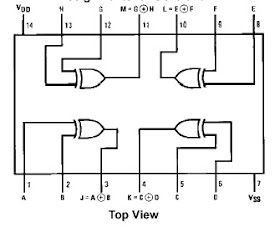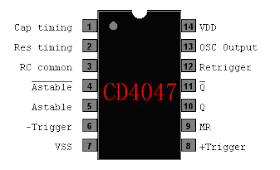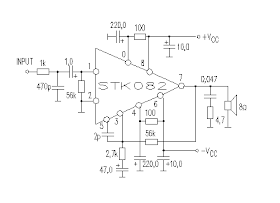Microcontroller T89s51, AT89S52 and AVR is an idol among students. Well now because of technology trends and laptop PCs already left the LPT and COM so more and more difficult to download the firmware into the microcontroller, via LPT or COM. Solutions to be overcome with AT89S S-series, because the facility program downloads with the ISP (MISO, MOSI, SCK, RST), then use the ISP downloader which is also commonly used for this AVR microcontroller type. Time to play man with AT89s so much easier via USB without hassle and unplug the IC.
After you finish creating the PCB from the circuit above, then fill it to the ATmega8 with firmware usb51.hex do not forget to set low fuse = EF (SUT0 = 0, others = 1) and high fuse = C9 (SPIEN = 0, CKOPT = 0, BOOTSZ1 = 0, BOOTSZ0 = 0, others = 1). Of course, charging into the ATmega8, firmware downloader tool is needed.
For those who need a filling firmware and more complete information about the USB Downloader please visit http://guru.technosains.com/

















































